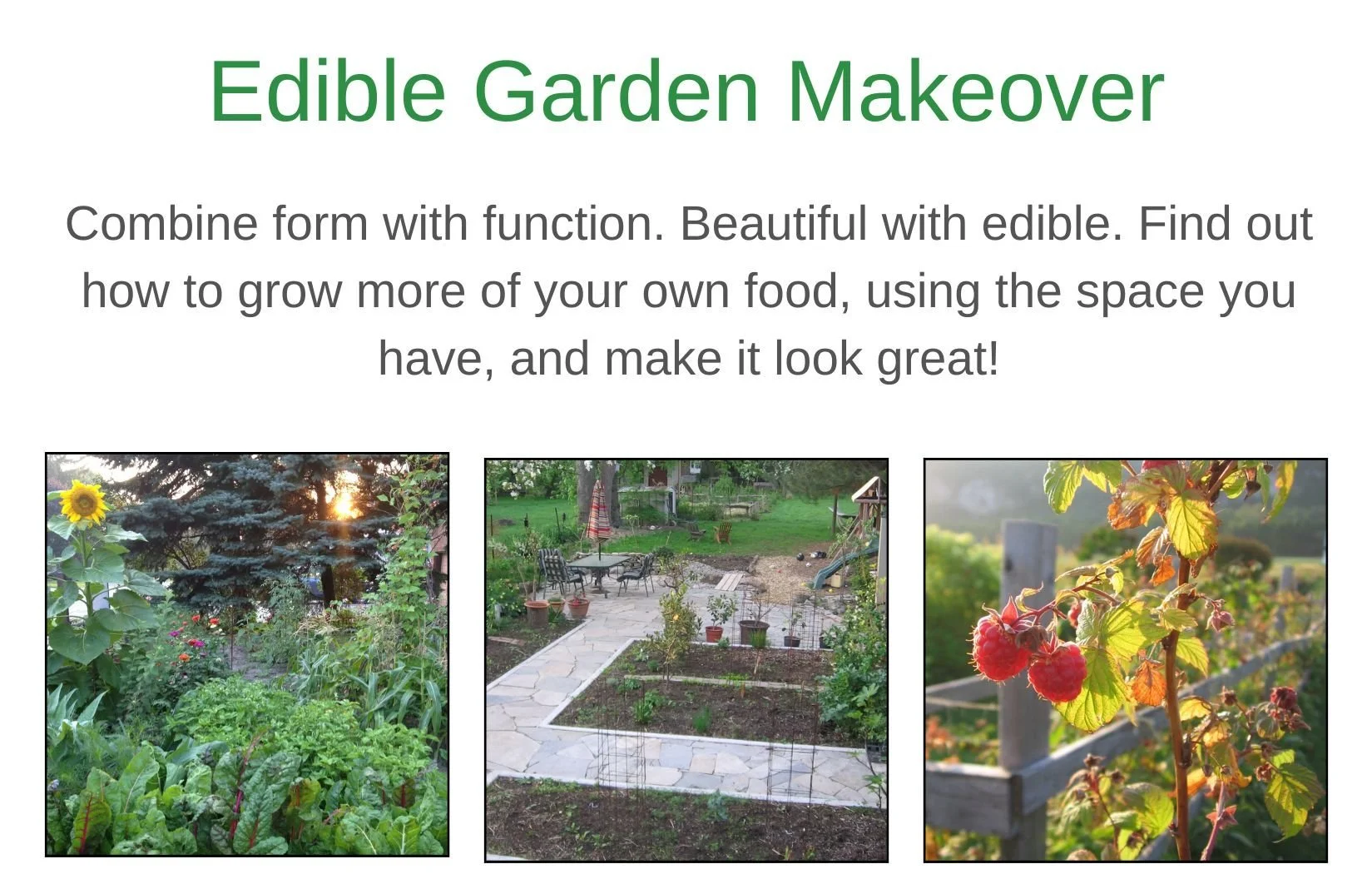Tom Bartels heats a hot tub and powers his garden with wood-chip compost.
A wood-chip compost pile steams up this hot tub.
Today we visit a Colorado garden at an elevation of 6,500 feet. This episode co-hosted by Ryan Cullen, farmer at City of Greens.
Tom Bartels harvests 1,000 pound of fresh produce a year from his 1,300-square-foot garden, even though he has only 130 growing days.
Bartels uses a large amount of compost in his garden to maintain healthy soil. Much of that compost comes from wood chips.
But wood chips do more than feed his soil: They generate heat as they decompose. He can heat an outdoor hot tub through two Colorado winters with a pile of wood chips. No combustion is needed.
Heat from Wood Chips
Bartels says that many arborists pay to discard wood chips. By composting them, he removes them from the waste stream and gets both heat and compost for free.
The wood-chip pile used to heat the hot tub is approximately 6 feet tall and 12 feet in diameter. As he builds the pile, Bartels wets the wood chips and coils plastic piping within the pile.
The added moisture makes conditions suitable to microbial growth, while the water-filled plastic piping collects heat generated within the pile as microbes break down the wood chips.
Over two winters, the decomposing pile of wood chips generates the heat equivalent of burning 7 cords of wood. The temperature inside the pile gets as high as 150°F, and it stays warm enough to heat the hot tub for about 18 months.
Covering more than 20 fruits, the focus is easy-to-grow fruit suited to northern gardens. Fruits include cherry-family crops, currants, cane fruit such as raspberry and blackberry, elderberry, serviceberry and saskatoon, haskap, plum family, medlar, melon, husk cherries...and more! Find out more here.
From Heater to Compost
As microbial action slows down and the temperature within the pile drops, Bartels adds worms to speed up the composting process.
After another two or three months, the wood chips have been transformed into finished compost—worm castings—ready for the garden.
The wood chips that heated the hot tub for two winters are turned into 50 wheelbarrow loads of worm castings.
Tips for Wood-Chip Heating
Bartels explains that the right mix of wood chips makes the process work better. A blend of chipped coniferous wood as well as chipped small-diameter deciduous branches is ideal. This is because the small-diameter deciduous branches container more nitrogen—giving a ratio of carbon to nitrogen conducive to heat generation.
Here are Bartels’ wood-chip heating tips:
Have enough nitrogen in the pile. To be safe and make sure there’s enough nitrogen within the pile to give him good heat generation, Bartels says he adds about 5 per cent sheep manure. He also adds sawdust, which, he eplains, acts as a “bridge fuel” while the breakdown of the chips gets underway.
Have enough moisture in the pile. Bartels estimates that there are 4,000 gallons of water suspended within the pile. That’s a good thing because moisture is needed for optimal microbial activity. To keep moisture levels high, Bartels leaves the wood chips uncovered for the entire 18 months, allowing rain and snow to replenish moisture levels.
Greenhouse Wood-Chip Heating
Bartels sees opportunity for this sort of system beyond his demonstration hot tub.
He says that such systems are currently used to heat greenhouses and radiant floor heating systems.
Connect with Tom Bartels
Website: growfoodwell.com




